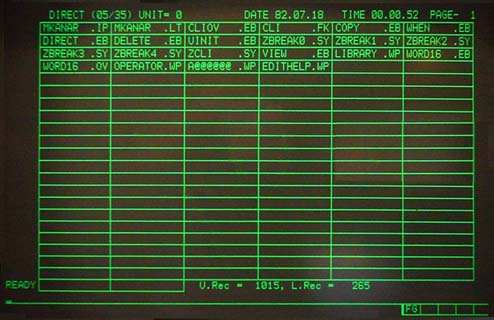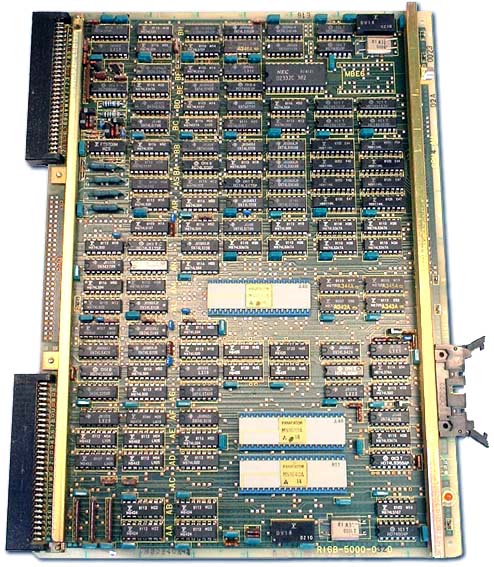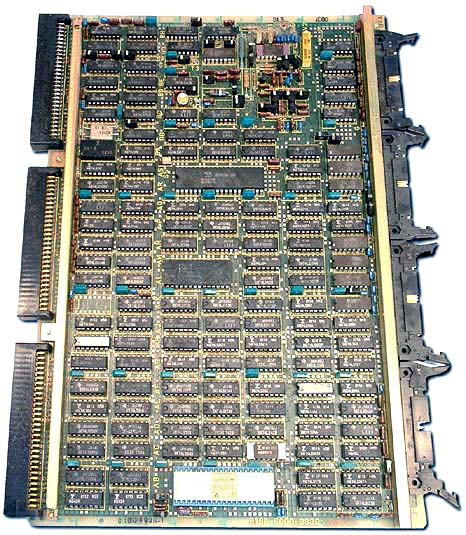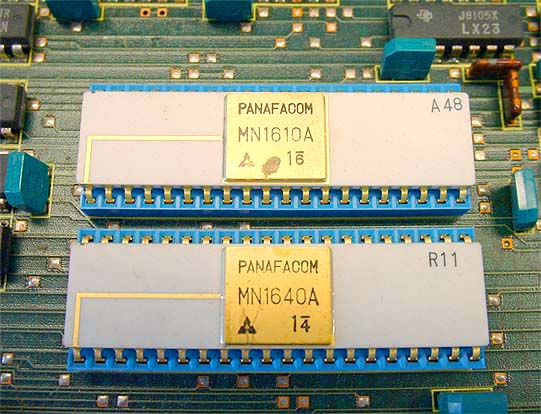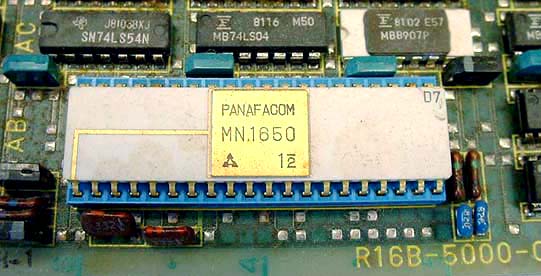

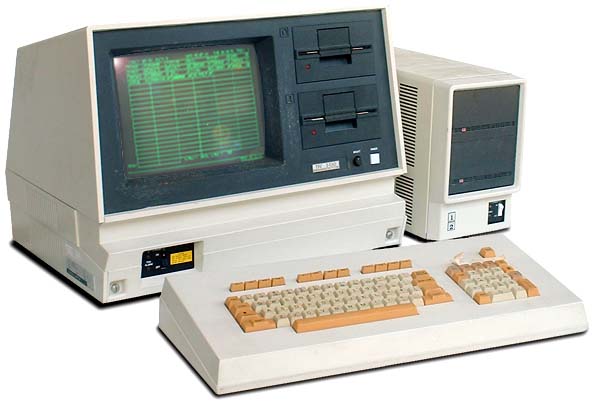
|
Rich writes:
It was a long time ago - I was 13 to 14. My father had just signed on with this joint venture, the TRW-Fujitsu Corporation, since they were trying to get into the point-of-sale and ATM markets. The hardware they had was actually very interesting, and in hindsight, I kind of wished I had kept one. Prior to this, we had a Commodore PET, which was definitely a hobbyist toy compared to this device. It had a 16 bit processor. The machine itself was equipped with a hefty amount of memory, 128K, if I remember correctly. It had that huge, clunky keyboard that was as solid as a brick, and that monochrome green screen. Two diskette drives, which were not, I believe, compatible in any way with the IBM PC floppies that came out shortly thereafter. The machine had support for two serial connections, but what made it interesting was that it had support for both asynchronous and synchronous serial communications. (Those bank networks all ran sync). The machine also had a parallel printer connection (non-standard - you had a special cable to connect an edge connector to a standard centronics style). The printer was a relatively standard dot-matrix style printer, but it had a weird font set. The capital O was drawn almost cursive, with a little loop at the top. This made my papers unpopular with the teachers for a while. The programming environment was actually quite advanced for the time, at least on the desktop market. First off, the device had a fixed partition scheme, where there was a foreground task and a background task. The memory available to each was fixed, and was larger for the foreground task. There was a magic key on the keyboard that let you toggle between the foreground and the background task, and the screen would switch between them. The screen was 25 x 80, but the bottom (25th) line was a status line. There were a number of indicators that would be there, along with some support for function key labels and so forth. So, already, the machine and its OS supported multiple processes. That was pretty cool. The programming model internally supported multiple tasks within the partition, with a sort of hybrid of cooperative and pre-emptive scheduling. You could have a number of different threads running, and there was limited support for controlling which ones were active. I don't recall a lot of support for synchronization, but maybe it was there. That was fun to play with. The language of choice was BASIC. It was compiled BASIC, though, not the interpreted variety that I was used to from the Commodore world. They compiled the BASIC to object form, and then linked it all together. They had an assembler, and this lead to lots of fun, opening-up access to a bunch of system calls that weren't exposed in the BASIC engine. This lead to me learning about a layer of the system I had not really understood before, which was lots of fun. It also showed some oddities, like the (then) Japanese style of numbering the bits in the reverse of the way we do now. All in all, it was a great system for someone to cut their teeth on. -Rich |

